By Shimil Umesh
Ever feel like tennis matches can hinge on a single call? Yeah, me too. And let’s be honest, we’ve all seen players getting into arguments with the chair umpire, calling for supervisors and even breaking their racquets. Well, buckle up because electronic line calling is here to save the day!
The Rise of Hawk-Eye
The journey of electronic line calling began way back in the 1970’s with the introduction of the Electroline, the first computerized electronic line judge device. This device used pressure sensors and infrared laser beams to detect where the ball landed on the court. The first successful public showing of an automated line-calling device at a professional tennis tournament took place in 1974.
In the early 2000s, Hawk-Eye emerged as a game-changer in tennis line calling. This system, which was used for the sport of Cricket, uses multiple cameras to track the ball's trajectory and create a 3D representation of its path. Hawk-Eye's accuracy and real-time decision-making capabilities quickly made it a favorite among players and fans alike.
How Does Electronic Line Calling Work?
It’s actually a very simple technology when you think about it. These systems use a mix of cameras, sensors, and some pretty smart software. Think of it as a high-tech spy network for tennis balls. Cameras around the court capture the ball’s every move from different angles, and the software creates a 3D model to figure out if it’s in or out.
ATP to Implement Electronic Line Calling at All Events by 2025
The London-based ATP announced that it will use Electronic Line Calling Live (ELC Live) for all "out" calls in all matches starting in 2025. This means that no more line judges on the court, just chair umpires and ball boys and girls. Each match will still be overseen by a chair umpire, but the line judges who used to make the calls will be gone.
Sponsored content
Benefits of Electronic Line Calling
Despite these hiccups, electronic line calling is much better than what we have today. It removes human error, makes decisions in a flash, and levels the playing field. Plus, players can challenge calls without a whole courtroom drama, keeping the match pace brisk.
Issues with Electronic Line Calling
But hold on, it’s not all perfect with this system as highlighted by these two cases:
During the Madrid Open, Rafael Nadal faced significant frustration with the electronic line calling system. The system malfunctioned, leading to incorrect calls that visibly upset Nadal.
Nadal said: “It’s like this out. That’s the problem with the machine, this is why it gets so frustrating.”
At the Cincinnati Open, during Taylor Fritz's match against Brandon Nakashima, the system failed to call an obvious out ball. This forced players to continue the rally until the error was acknowledged mid-play. Fritz was frustrated, arguing that players shouldn't have to self-officiate when relying on technology.
The Future of Electronic Line Calling
Looking ahead, things are only going to get better. We’re talking AI and machine learning making these systems even sharper. The dream? A world where every call is spot-on, letting players focus on smashing those epic rallies. There’s still a long way to go, but we at Racquet point believe this is a real possibility.
Conclusion
So, there you have it. Electronic line calling has flipped the tennis world on its head, bringing fairness and precision. With pilot programs like ITA and PlayReplay paving the way, the future of tennis looks brighter than ever.
Is Electronic Line Calling the Future of Tennis? Comment and let us know.
Stay in the loop with Racquet Point for all the latest tennis updates and expert analysis!



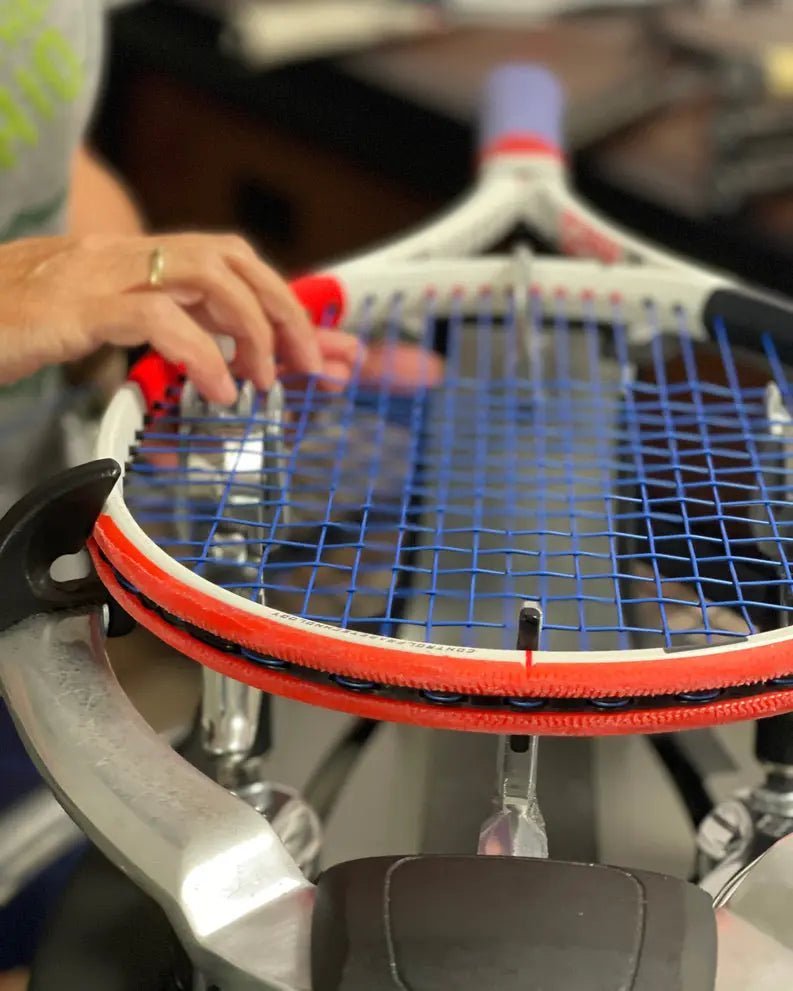
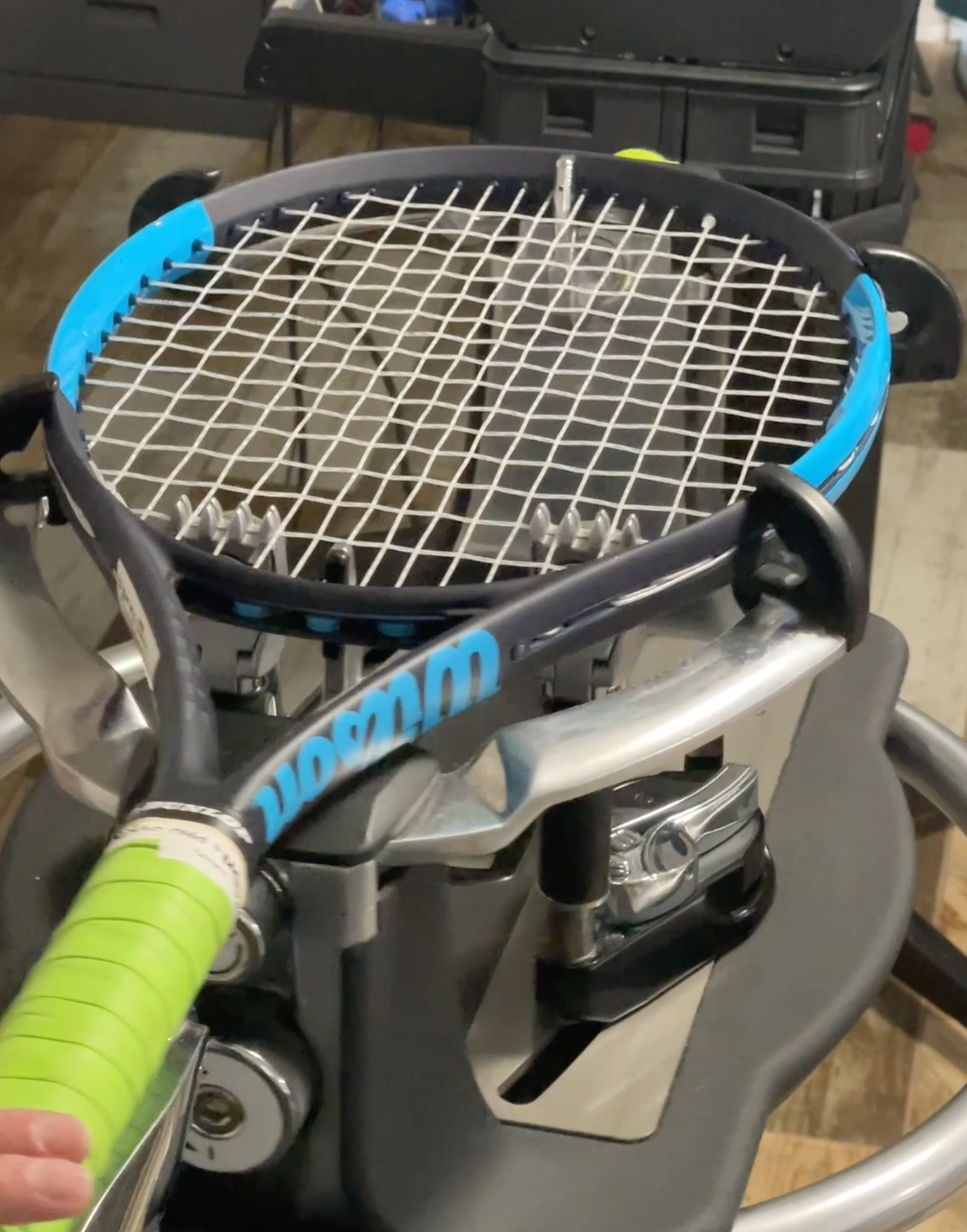
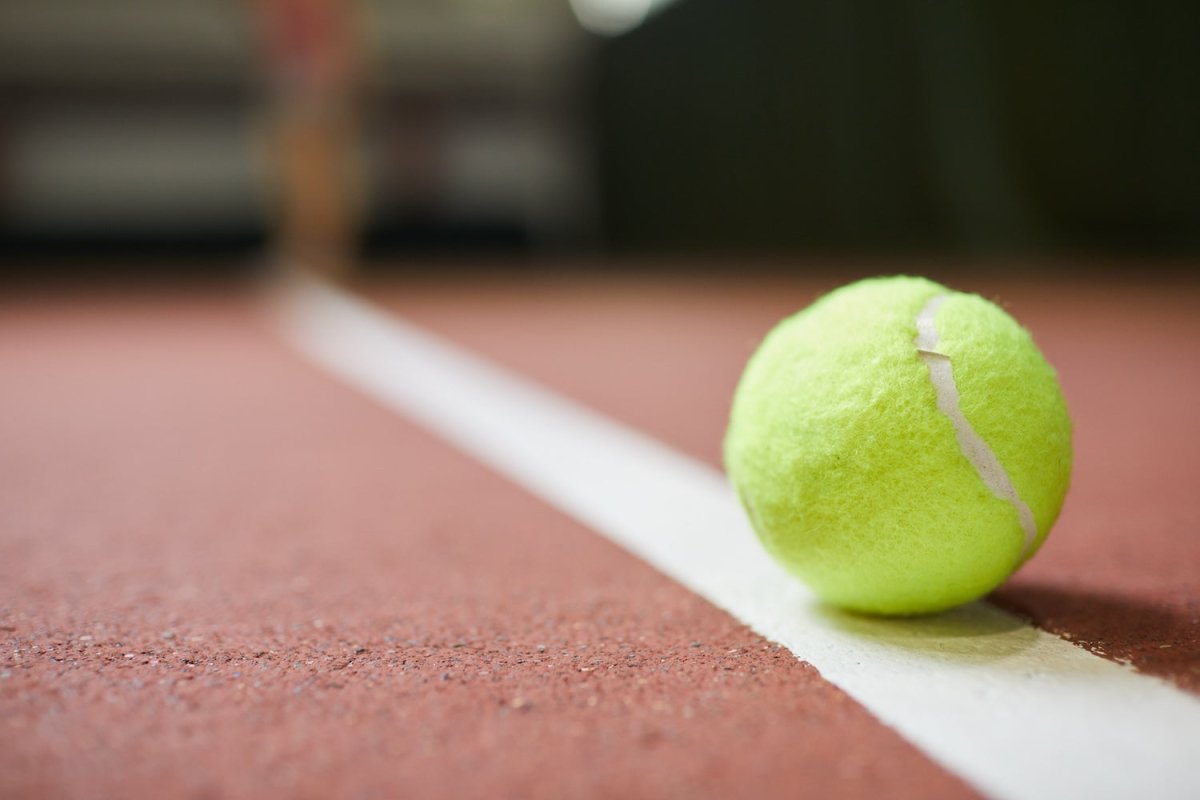
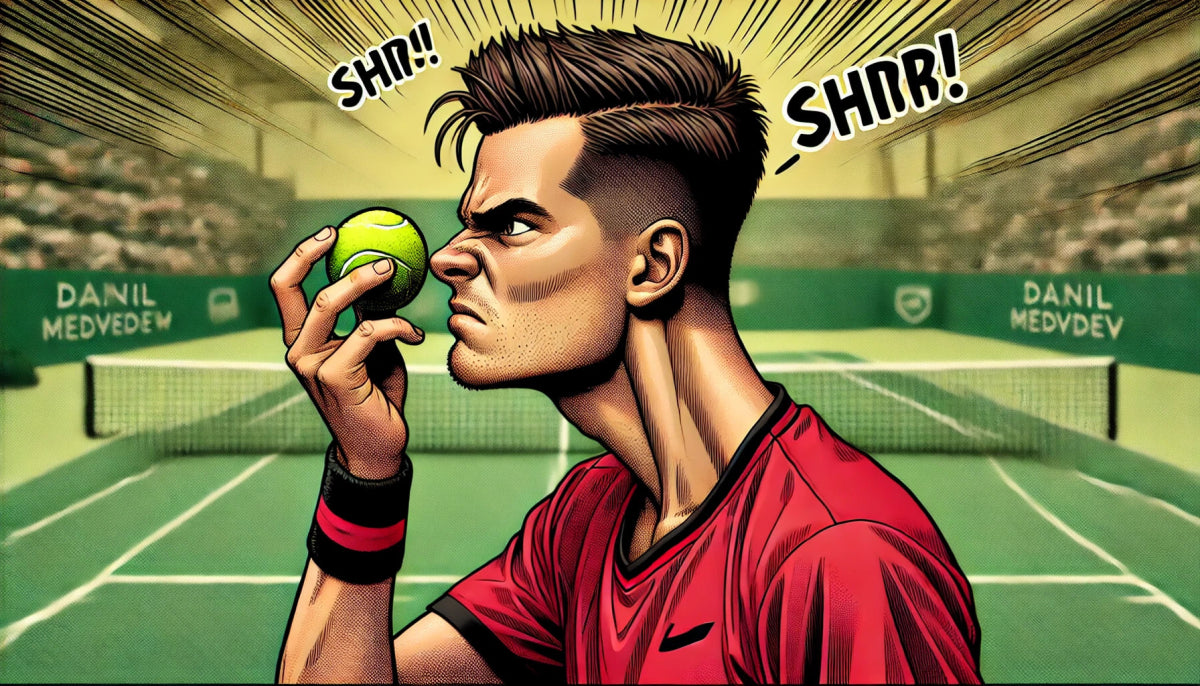
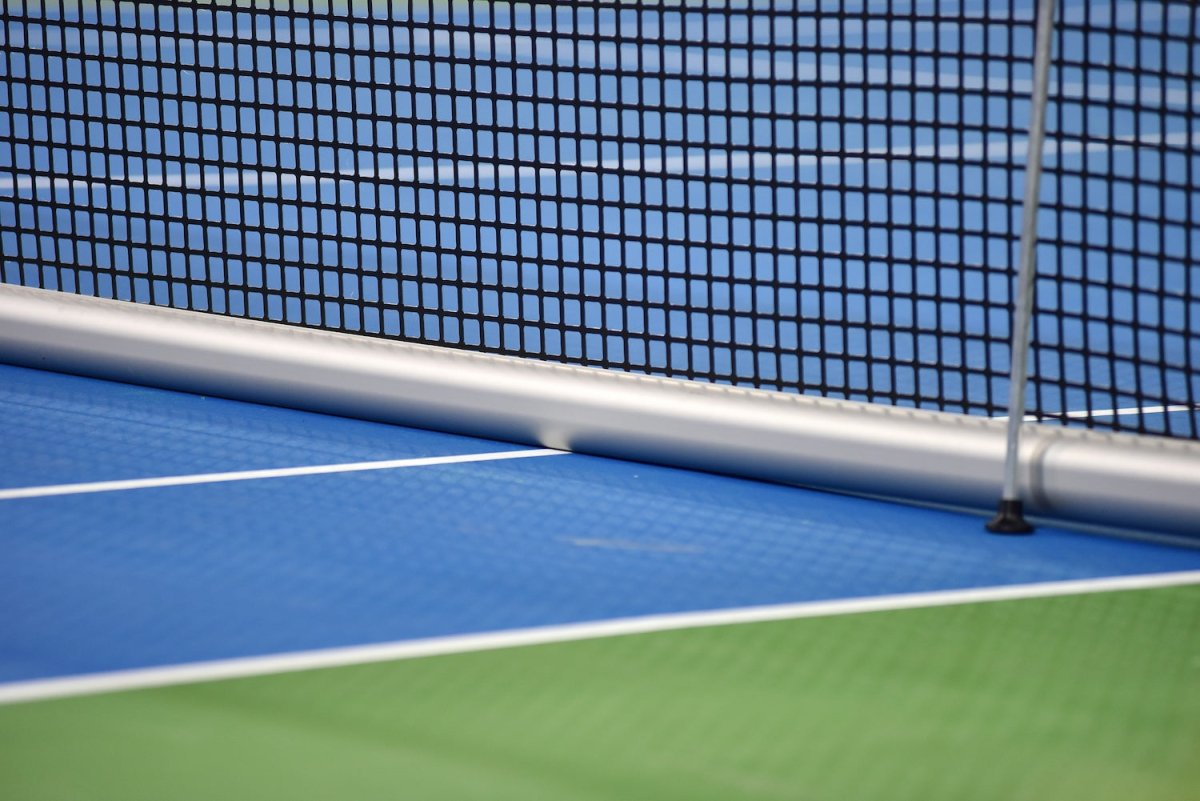
Leave a comment
All comments are moderated before being published.
This site is protected by hCaptcha and the hCaptcha Privacy Policy and Terms of Service apply.